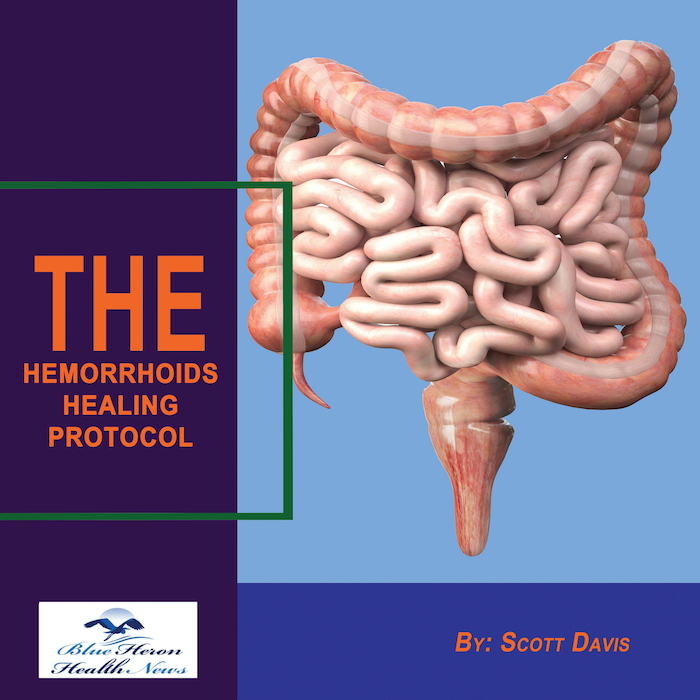
The Hemorrhoids Healing Protocol The Hemorrhoids Healing Protocol™ by Scott Davis This healing protocol is a basic program that gives you natural ways and remedies to treat hemorrhoids diseases safely and securely. Moreover, this program is effective as well as efficient.While using this program, you can avoid using those prescription medicines, lotions, and creams, and keeps you away from the side effects.
What is the difference between internal and external hemorrhoids?
Internal and external hemorrhoids differ in their location, symptoms, and potential complications. Understanding these differences can help in identifying and treating them effectively. Here’s a detailed comparison between internal and external hemorrhoids:
Location
Internal Hemorrhoids
- Location: Inside the rectum, above the dentate line (the line that separates the upper two-thirds and lower one-third of the anal canal).
- Visibility: Not visible externally unless they prolapse (protrude out of the anus).
External Hemorrhoids
- Location: Under the skin around the anus, below the dentate line.
- Visibility: Visible externally as lumps or swellings around the anal opening.
Symptoms
Internal Hemorrhoids
- Bleeding: Often cause painless bleeding during bowel movements. The blood is usually bright red and may be seen on toilet paper, in the toilet bowl, or coating the stool.
- Prolapse: Can prolapse or protrude outside the anus, leading to pain and irritation. Prolapsed internal hemorrhoids may be felt as a soft lump.
- Discomfort: Generally painless due to the lack of pain-sensitive nerves in the rectum. However, prolapsed hemorrhoids can cause discomfort and a sensation of fullness.
- Itching and Mucus Discharge: Prolapsed hemorrhoids can cause itching and irritation due to mucus discharge.
External Hemorrhoids
- Pain and Discomfort: Cause significant pain and discomfort, especially during bowel movements or when sitting, due to the presence of pain-sensitive nerves in the skin around the anus.
- Swelling and Lumps: Can cause noticeable swelling and hard lumps around the anus. These lumps can be tender to the touch.
- Itching and Irritation: Cause persistent itching and irritation around the anal area.
- Bleeding: May cause bleeding, particularly if the skin over the hemorrhoid is damaged by straining or wiping.
- Thrombosis: Can become thrombosed, forming a hard, painful lump due to a blood clot within the hemorrhoid.
Causes
Common Causes for Both Types
- Straining During Bowel Movements: Common in both types, often due to constipation.
- Chronic Constipation or Diarrhea: Both conditions can lead to repeated straining and irritation.
- Pregnancy: Increased pressure on the pelvic blood vessels can lead to both internal and external hemorrhoids.
- Obesity: Excess body weight increases pressure on the rectal and anal veins.
- Low-Fiber Diet: Can cause constipation and straining.
- Prolonged Sitting or Standing: Can increase pressure in the lower rectum.
Treatment
Internal Hemorrhoids
- Dietary Changes: Increase fiber intake and hydration to soften stools and reduce straining.
- Medications: Over-the-counter creams, suppositories, and ointments containing hydrocortisone or witch hazel.
- Minimally Invasive Procedures:
- Rubber Band Ligation: A rubber band is placed around the base of the hemorrhoid to cut off blood supply, causing it to wither and fall off.
- Sclerotherapy: A chemical solution is injected into the hemorrhoid to shrink it.
- Infrared Coagulation: Uses infrared light to cut off the blood supply to the hemorrhoid.
- Surgical Procedures:
- Hemorrhoidectomy: Surgical removal of severe or prolapsed hemorrhoids.
- Stapled Hemorrhoidopexy: A stapling procedure to remove and reposition prolapsed hemorrhoid tissue.
External Hemorrhoids
- Home Remedies: Warm baths, ice packs, and over-the-counter pain relievers to reduce pain and swelling.
- Medications: Topical treatments with hydrocortisone or witch hazel.
- Thrombosed Hemorrhoid Treatment: In severe cases, a doctor may perform a procedure to remove the clot.
- Surgical Procedures: Hemorrhoidectomy for severe cases or when other treatments fail.
Complications
Internal Hemorrhoids
- Prolapse: Prolapsed internal hemorrhoids can become painful and irritated.
- Strangulation: If a prolapsed hemorrhoid is trapped outside the anus, its blood supply can be cut off, leading to severe pain and potentially requiring surgical intervention.
External Hemorrhoids
- Thrombosis: Formation of a blood clot within the hemorrhoid, leading to severe pain and swelling.
- Infection: In rare cases, external hemorrhoids can become infected.
Conclusion
Internal and external hemorrhoids have distinct characteristics, symptoms, and treatment approaches. Internal hemorrhoids are typically painless but can cause bleeding and prolapse, while external hemorrhoids are often painful and can lead to noticeable swelling and thrombosis. Understanding these differences is crucial for effective diagnosis, treatment, and management of hemorrhoid symptoms.
The Hemorrhoids Healing Protocol The Hemorrhoids Healing Protocol™ by Scott Davis This healing protocol is a basic program that gives you natural ways and remedies to treat hemorrhoids diseases safely and securely. Moreover, this program is effective as well as efficient.While using this program, you can avoid using those prescription medicines, lotions, and creams, and keeps you away from the side effects.